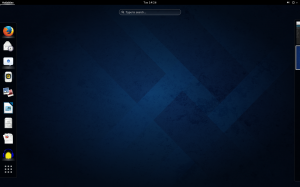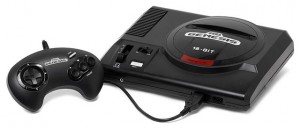
First off, for those who missed it, here’s the latest episode of our podcast.
I’ve set up Fedora 20 on the HP Elite 410y Desktop, and it works so far. Seeing as how it contains LibreOffice, I should be able to work with some documents while running this OS for about a month.
One of the things I’ve been wanting to do for some time is get down to the nitty gritty in terms of installation and how well the system works. I don’t have a system that’s portable with NVIDIA graphics, because the Toshiba Tecra M9’s GPU is problematic (it hangs on the latest binary drivers).
Due in part to Bruce Byfield’s observations about distro reviews not quite having enough details (i.e. how smooth the installation is, etc… etc…), I figured I’d take a bit more time in terms of installation. I’ve taken a few notes and made a few observations about some of the quirks of installing Fedora 20 from a Live DVD.

